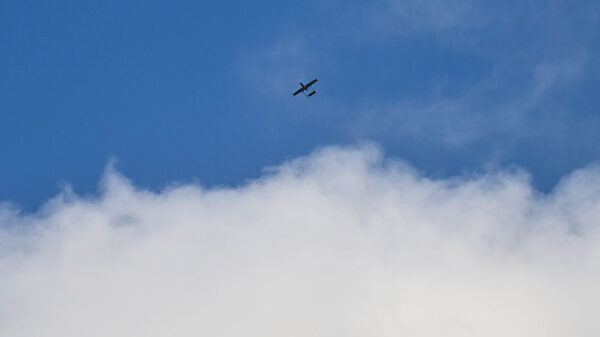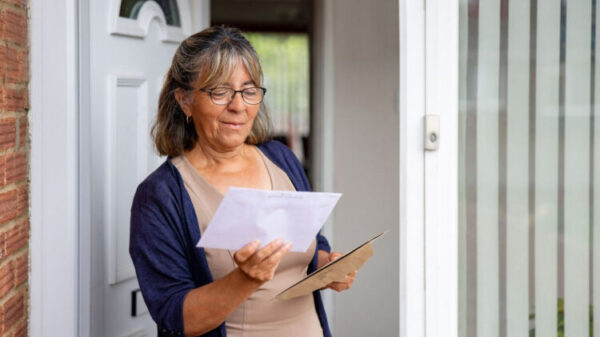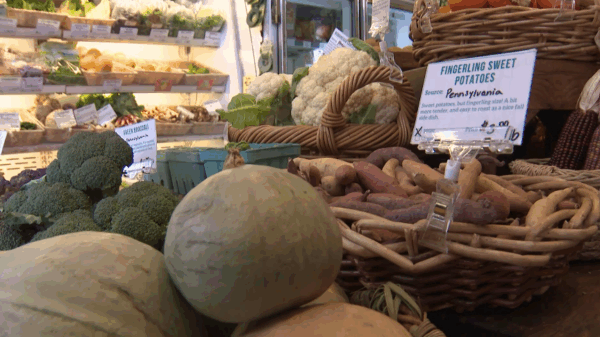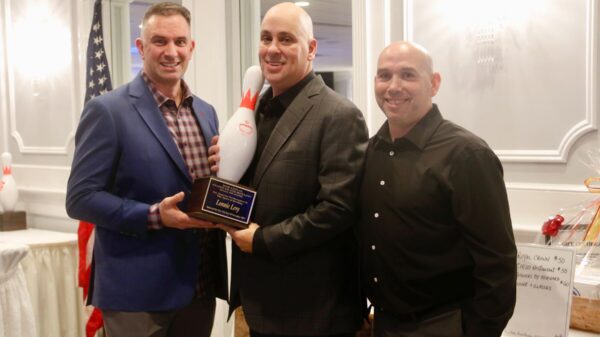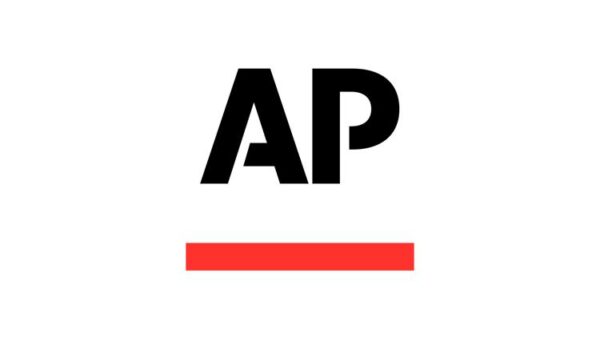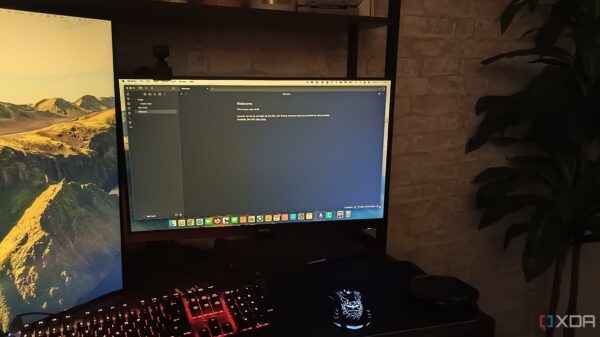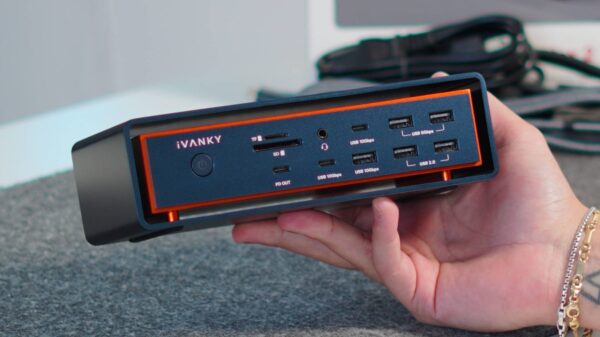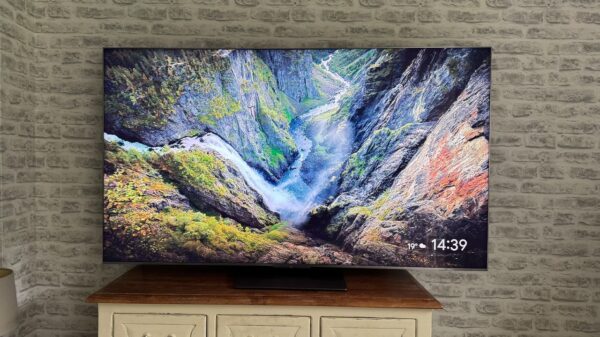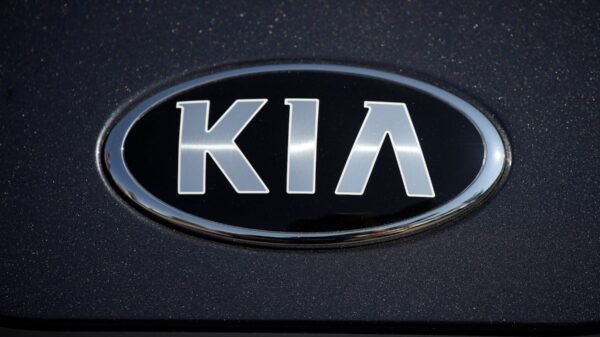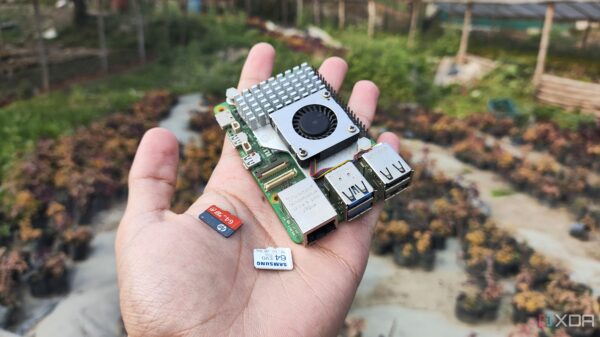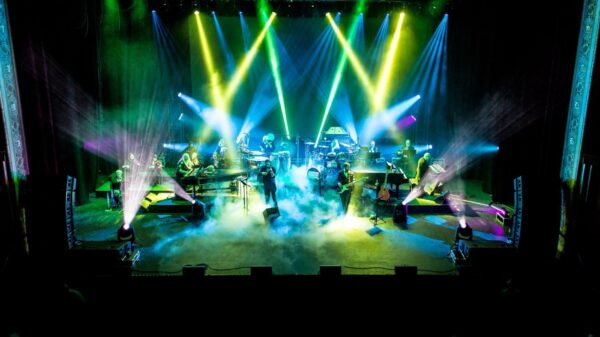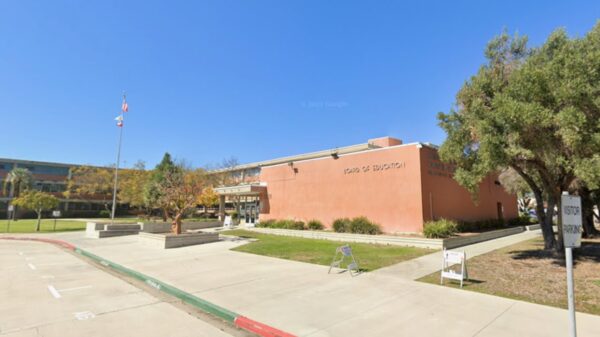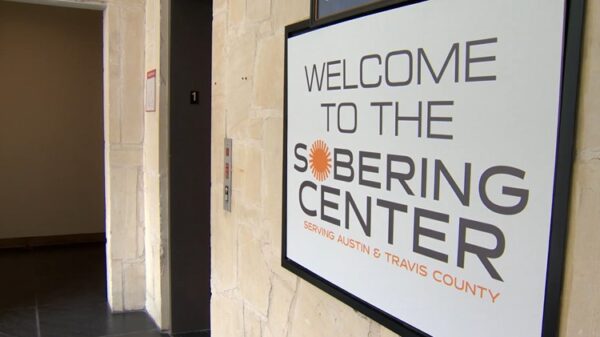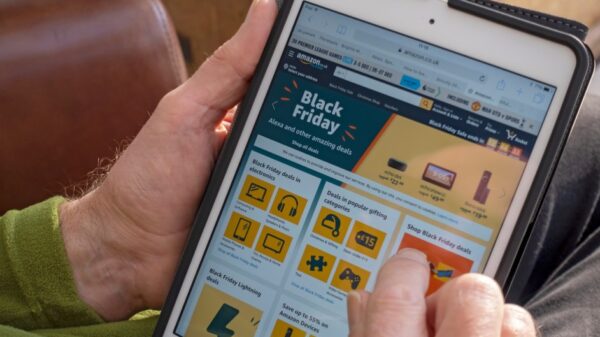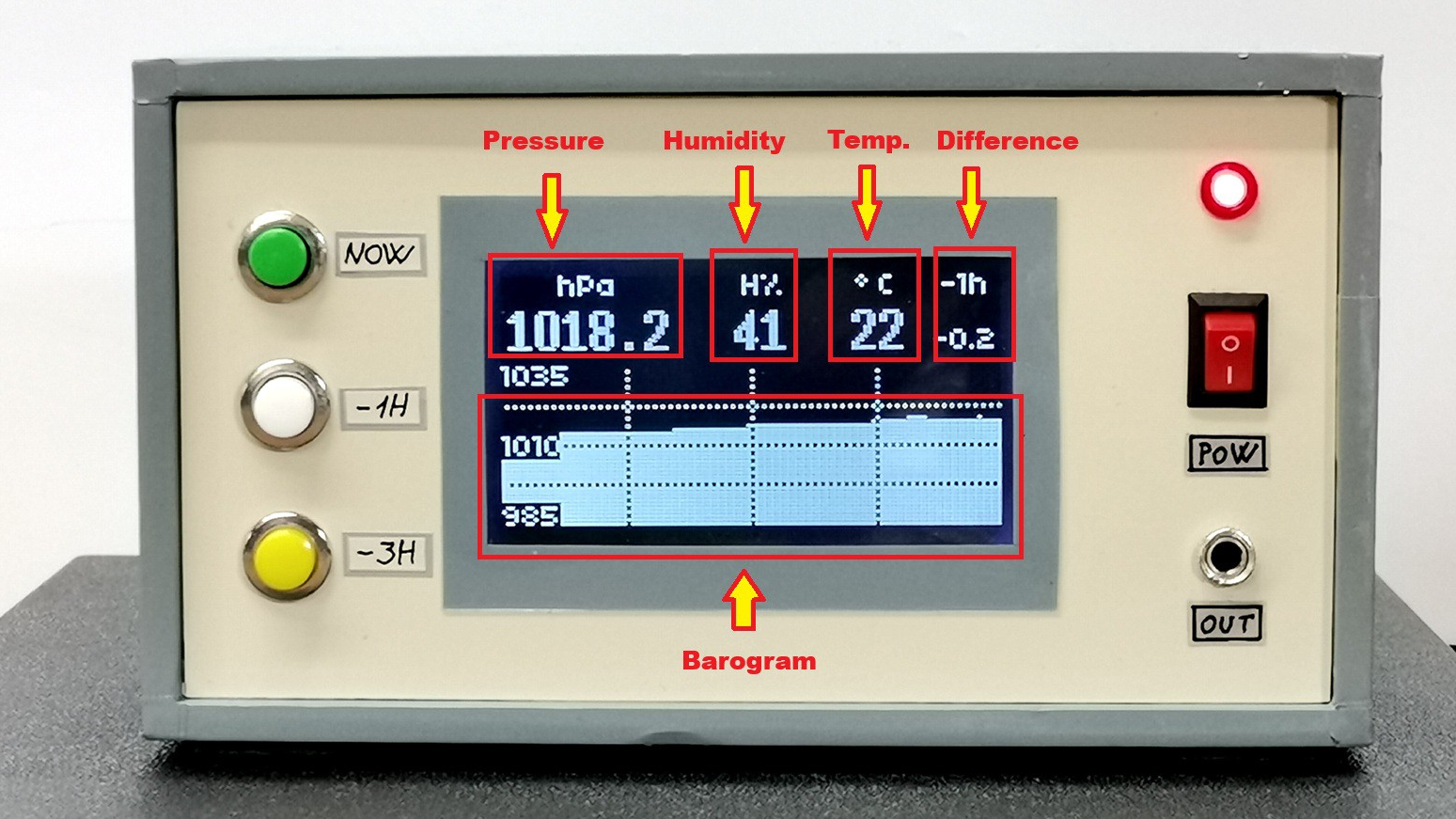The evolution of barograph technology has taken a significant leap forward with the introduction of a DIY Digital Barograph by innovator [mircmk]. This modern device replaces traditional paper and mechanical components with a digital display, enhancing the way users can monitor atmospheric pressure trends.
Traditionally, barographs have been in use since the mid-1700s, employing an aneroid cell that drives a pen to record pressure changes on paper. While effective, this method comes with limitations, including the need for regular paper replacement and mechanical upkeep. The DIY Digital Barograph addresses these issues by utilizing a 128×64 LCD display linked to a BME280 pressure sensor, providing users with real-time atmospheric data without the hassle of physical components.
Upon powering up, the device interacts with the BME280 sensor, which not only tracks pressure but also measures temperature and humidity. These additional metrics offer a more comprehensive view of the environment, displayed clearly on the LCD screen. Users can navigate through various readings, including current measurements and historical data from the past hour or three hours, using external buttons.
This innovative project is powered by an ESP32 microcontroller, and the necessary coding information is readily available on the project page. For those interested in building their own device, further details can be found on Hackaday.io, where [mircmk] has shared insights into the project.
The shift from traditional to digital not only modernizes the barograph but also makes it more accessible for enthusiasts and hobbyists interested in weather monitoring. As technology continues to advance, projects like this one inspire a new generation of DIY innovators to explore the intersection of science and technology.
For those looking to expand their weather display projects, [mircmk]‘s creation opens the door to numerous possibilities, combining functionality with the excitement of building something unique. The evolution of weather monitoring devices reflects a broader trend towards digitization and user-friendly technology, making it easier for anyone to engage with the science of meteorology.






